Client Server Architecture
 Ayush Ranjan
Ayush Ranjan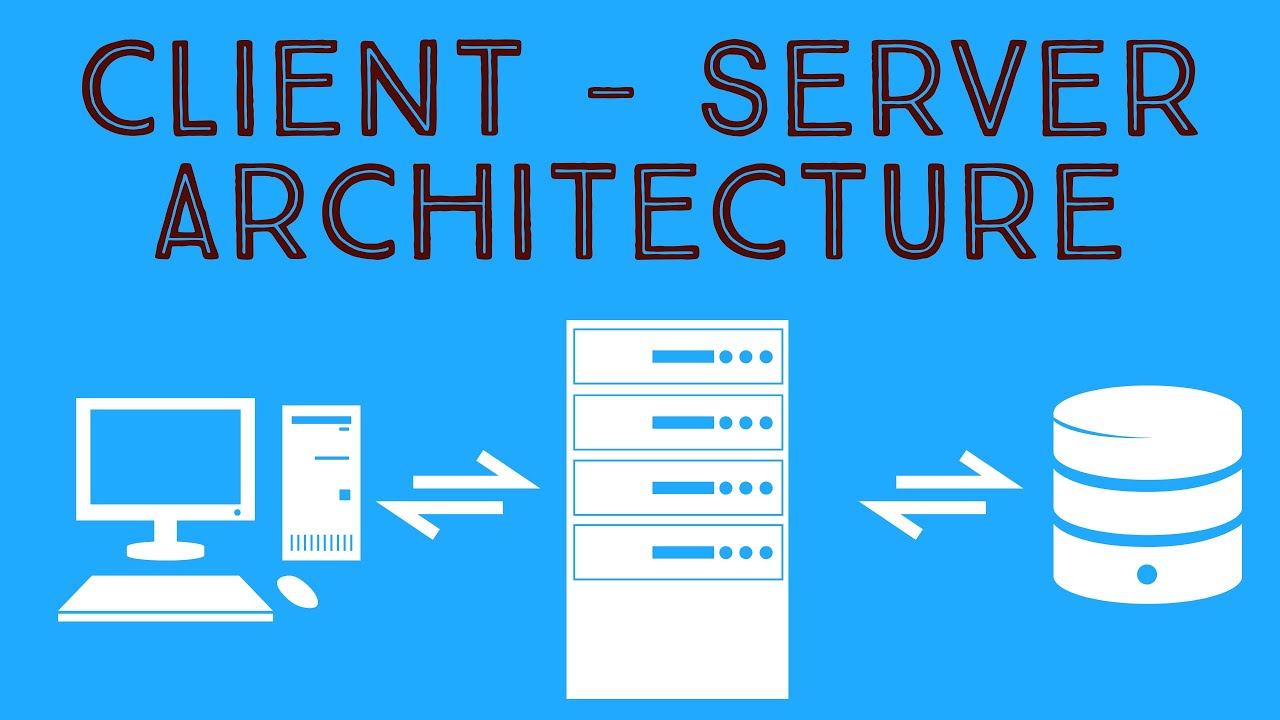
What is client server architecture?
Client-server architecture is a network architecture model in which tasks are divided between the client and the server.
This model is widely used in computing and networking, providing a way to distribute the workload and improve the efficiency of data processing.
The client-server architecture refers to a system that hosts, delivers, and manages most of the resources and services that the client requests.

Example of Client-Server architecture :
Mail servers
Email servers are used for sending and receiving emails. There are different software that allows email handling.
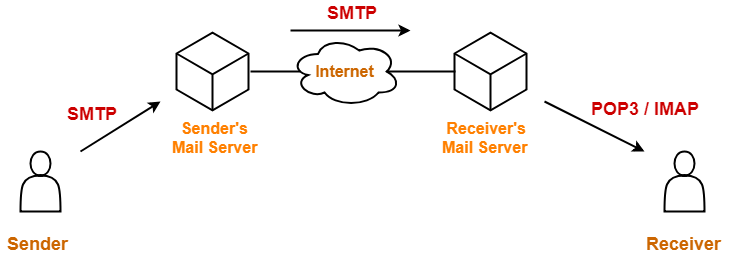
File servers
File servers act as a centralized location for files. One of the daily life examples to understand this is the files that we store in Google Docs. The cloud services for Microsoft Office and Google Docs can be accessed from your devices; the files that you save from your computer can be accessed from your phone. So, the centrally stored files can be accessed by multiple users.
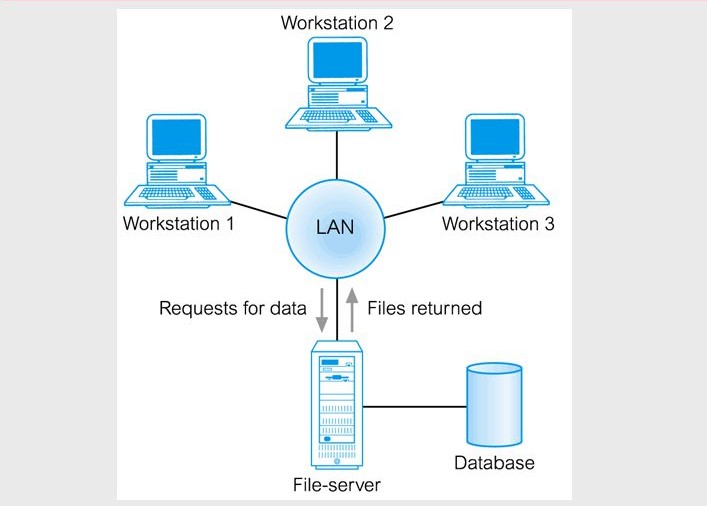
Web servers
Web servers are high-performance computers that host different websites. The server site data is requested by the client through high-speed internet.

Types of Client-Server Architecture :
1-Tier Architecture: Everything related to the application is grouped and used as a single package to deliver the application. This architecture is simple to run and maintain due to the isolation of presentation, business logic, and data logic into distinct layers.
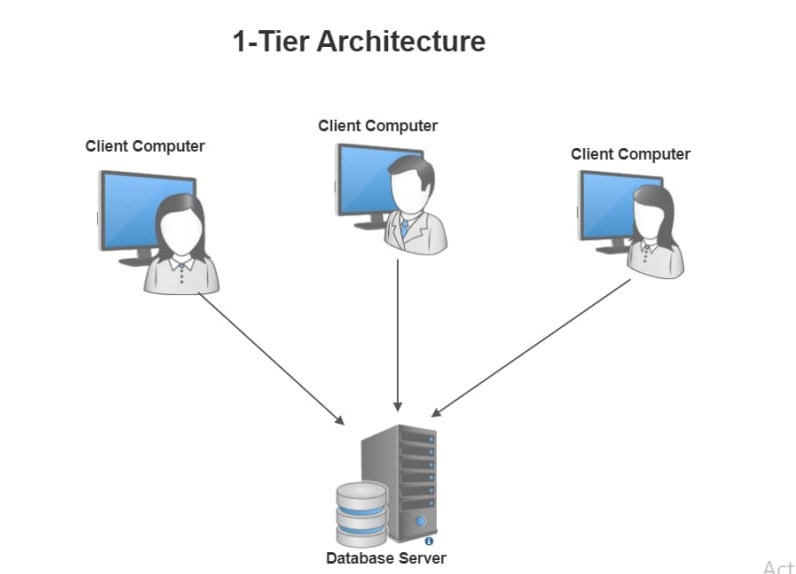
2-Tier Architecture: In this architecture, the client communicates directly with the server. It is a simple and straightforward architecture where the client requests services, and the server provides them.
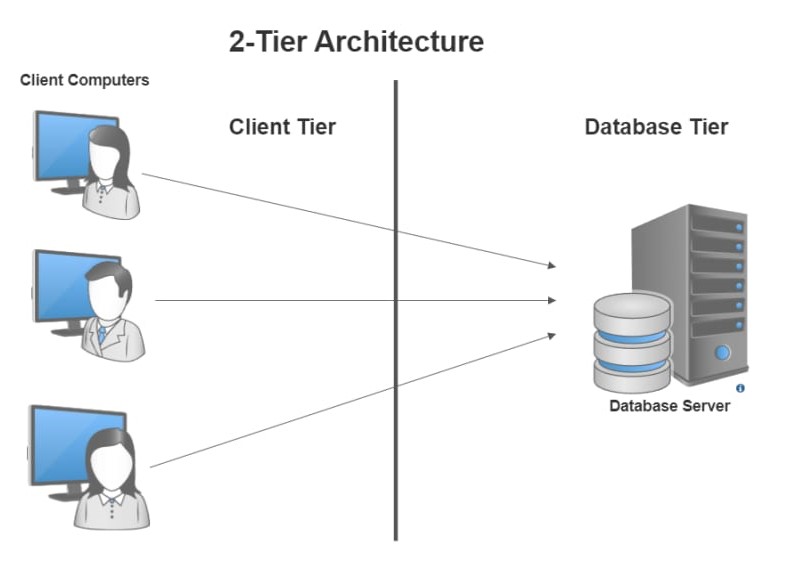
3-Tier Architecture: This architecture consists of a client, an application server, and a database server. It is more advanced than 2-tier architecture and provides better scalability and security. The communication is typically based on a specific protocol, such as HTTP for web applications.
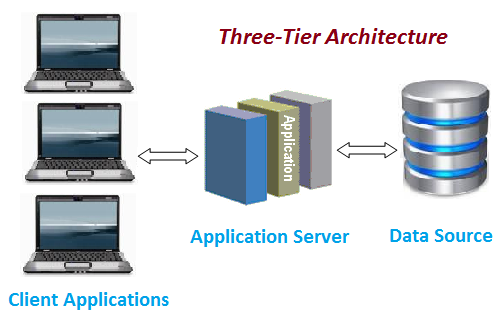
N-Tier Architecture: N-tier architecture is also called multi-tier architecture. It is the scaled form of the other three types of architecture. This architecture has a provision for locating each function as an isolated layer that includes presentation, application processing, and management of data functionalities.

Advantages and disadvantages of client-server architecture :-
The advantages and disadvantages of client-server architecture are mentioned below:
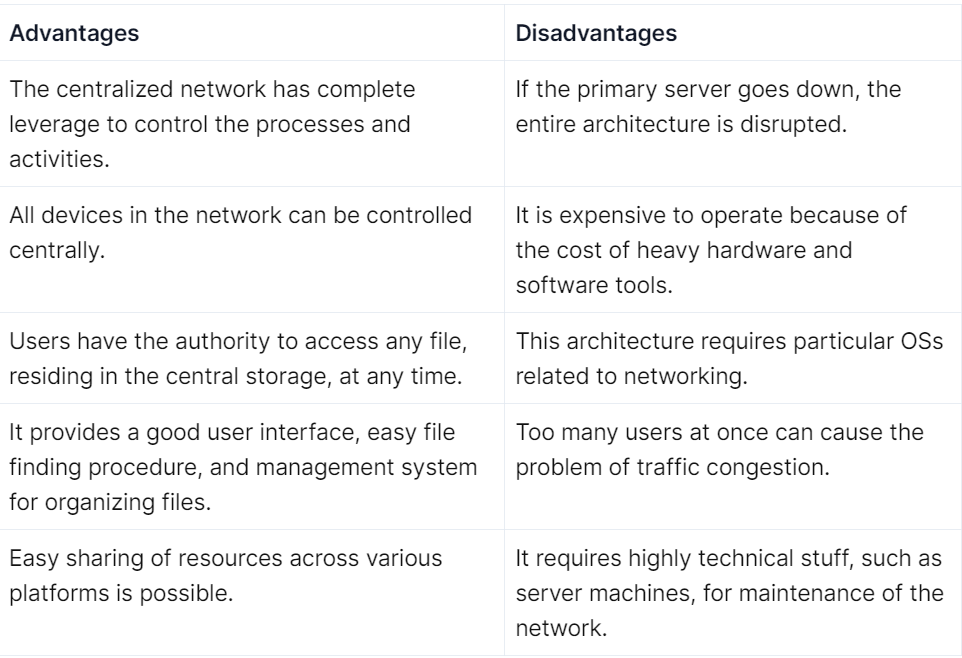
Subscribe to my newsletter
Read articles from Ayush Ranjan directly inside your inbox. Subscribe to the newsletter, and don't miss out.
Written by
